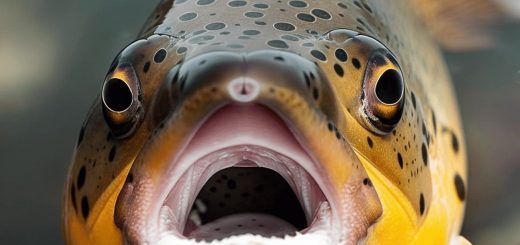Jellyfish – the Facts

Image: samleafuller at Pixabay
Whether you want to call a group of them a smack or a bloom, I will hazard a guess that encounters with jellyfish are not at the top of your Happy Days at the Seaside list.
Someone asked me tentatively while swimming the other day: “Are there jellyfish in here?”
I nodded. I had just passed four.
The man looked visibly shaken. “Do they sting?”
Once again I had to reply in the affirmative but brightly told him that unless he had an allergic reaction, which was usually manageable with antihistamine, a jelly fish sting is a bit like a stinging nettle sting and wasn’t really a problem.
When I turned around, he had gone.
I may be a bit blasé about the sting thing. When I had my first exciting encounter with wild dolphins in the Red Sea some years ago, I was swimming in a soup of jellyfish. Needless to say, I was stung all over – even inside my ears – but I was so excited to be encircled by playful dolphins that I didn’t care. At the end of he day I took some antihistamine, had some supper and went to bed – suffering no more ill effects than a not unpleasant all-over warm, slightly burny feeling.
Since then I have wondered if I remember that quite correctly and have occasionally worn a rash vest and long swimmie bottoms – in case the horror I have encountered in other swimmers at the sight of one of these weird creatures should be noted and sensible precautions taken. Being able to swim freely in the sea is still worth the risk for me every time.
Regardless of how one feels about getting up close and personal, jellies are amazing creatures.
They have no eyes but can sense light. They have no sense of smell, no brain and no skeleton.
Jellyfish or scyphomedusae are part of a group of beasties known as cnidarians. They are related to corals and sea anemones, and about six species can be found in British waters.
Anyone who has put their hand on one while swimming will know that gelatinous umbrella like body. Below is the circle of tentacles surrounding the mouth which opens onto a simple stomach.
Nematocyst is the name for the stingy bit which is coiled and fired like a harpoon. They all have these nematocysts in their tentacles, but some also have them on their umbrellas.
Jellyfish are not great swimmers, more inclined to drift, which means they get stranded a lot on beaches. They are predators, feeding on fish, crustaceans and other zooplankton, and fish eggs There are six species you might encounter around the UK coast.
The moon jellyfish (Aurelia aurita) is the most common and can identified by four white rings in its umbrella.
The compass jellyfish (Chrysaora hysoscella) has dark ‘compass’ markings on its umbrella.
The lion’s mane jellyfish (Cyanea capillata) is the second-longest recorded animal in the world. Its tentacles are often bright red or orange and arranged in eight bunches, each containing over a hundred tentacles.
The dustbin-lid jellyfish (Rhizostoma pulmo) is a large, fleshy jellyfish, which grows over 90cm across and is often found washed up in large numbers on beaches around the UK.
The blue jellyfish (Cyanea lamarckii) is a relative of the lion’s mane jellyfish, but is smaller and bright blue in colour.
The mauve stinger (Pelagia noctiluca) is a fairly small beastie but packs a powerful punch – which brings me to a question anyone who has read this far is wanting to have an answer to. What happens when you get stung by a jellyfish and what can you do about it?
Most jellyfish stings can be treated with some basic first aid. Symptoms are usually burning, throbbing and itching at the site of the sting though the venom might spread out a bit into your body. You might see tracks for some time after the event.
None of the jellyfish usually found in UK waters are desperately poisonous to humans, but younger people and people with compromised immune systems may suffer more from stings.
So how do you treat a sting? Well, you definitely DO NOT pee on them… in fact, following this myth might even make the pain worse. Instead remove any sting. Generally, you can scrape it away with something like a stick or credit card. It’s then a good idea to rinse the affected area with sea water to wash away any leftove stings.
Heat can reduce the pain too. Immersing the affected area in water at about 45C as soon as possible is great, or have a hot shower. The proteins in the venom from the jellyfish are broken down by heat.
I favour something like vapour rub for all stings and insect bites and have always carried some with me when travelling, but if you have the misfortune to have a more severe reaction, it’s advisable to seek medical help and take a pic of the beastie if you can to help identify the likely venom.
Just one more thing: don’t touch the jellies you might find on the beach. These weirdies can sting even after they are dead.
Hope that doesn’t put you off enjoying the sea. Summer is short and if you love to swim… get on out there and enjoy.





















